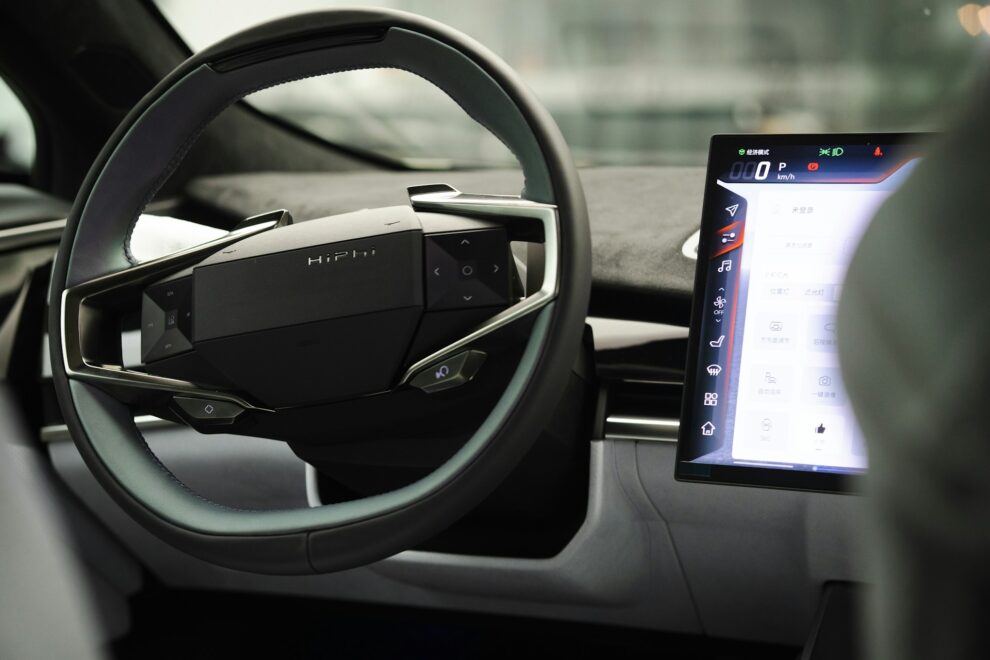The inner workings of a vehicle have always captivated enthusiasts, but today’s “engine room” goes far beyond pistons and cylinders. Behind the hood of tomorrow’s vehicles lies a complex ecosystem of sensors, connectivity, artificial intelligence, and software architectures. In this article, we explore what makes a vehicle “smart,” how the future is shaping up, and what it means for drivers everywhere.
What Makes a Vehicle “Smart”?
A smart vehicle is one that senses, analyzes, and responds to its environment in real time. It doesn’t just move; it perceives, predicts, and adapts. Core components include:
- Sensor arrays (cameras, radar, LiDAR, ultrasonic) for environmental awareness
- Onboard computing and AI for interpreting sensor data and making decisions
- Connectivity systems (vehicle to everything, or V2X) that allow cars to talk to infrastructure, other vehicles, and the cloud
- Over-the-air (OTA) software updates that let vehicles improve over time
- Secure architectures to protect data and prevent hacking
These systems together turn a car into a dynamic, responsive platform rather than a static machine.
Trends to Watch in Smart Vehicle Technology
- Smarter Perception: Sensor Fusion & AI
Vehicles combine inputs from multiple sensors to create a cohesive understanding of their surroundings. AI fusion algorithms help reconcile differences and uncertainties across sensors, improving reliability in changing conditions like rain, fog, or crowded urban scenes.
- Autonomy and Driver Assistance
From lane keeping to full self-driving, advanced driver assistance systems (ADAS) are steadily evolving. Features like adaptive cruise control already adjust speed to maintain safe following distances. Over time, systems will merge to handle more of the driving task with minimal human intervention.
- Connectivity & the Internet of Vehicles
Smart vehicles communicate with each other, with road infrastructure (traffic lights, signs), and with cloud systems. This allows real-time route optimization, predictive maintenance alerts, and coordinated traffic flow. As more vehicles connect, the roads become a smarter, more interactive system.
- Software-Defined Vehicles
Cars are becoming “computers on wheels” organized around a software architecture. Rather than being defined by hardware, much of the vehicle’s behavior depends on modular software layers. OTA updates mean your car can gain new features after you buy it.
- Security, Privacy & Trust
With growing connectivity comes greater risk. Securing the communication channels, isolating critical systems, and managing data privacy are essential. Blockchain, secure enclaves, and network segmentation are among the tools being explored.
Challenges on the Road Ahead
- Complex regulation: Safety, liability, and standards lag behind technological capabilities.
- Public trust: Many users remain cautious about handing over control to automated systems.
- Edge case scenarios: Rare or unusual driving conditions still pose huge challenges.
- Cost and scaling: High-end sensors and computing are expensive; making them affordable is key to mass adoption.
- Interoperability: Cars from different manufacturers must be able to “speak” the same digital language to communicate safely.
Why It Matters to You
Smart vehicle technology isn’t just a feature for tech enthusiasts. As these systems mature:
- Safety improves as the vehicle can observe and react faster than humans in many cases.
- Maintenance becomes predictive, catching problems before they become failures.
- Driving becomes more convenient, with automation handling repetitive tasks.
- Resale value may increase, since vehicles that can update their own software stay more current.
If you’re in the market for a vehicle that embraces these innovations, look for dealerships focused on advanced features. For instance, a Jeep dealer Sacramento may offer models with smart systems and future-ready architecture.
The Road Forward
The future “engine room” is as much digital as mechanical. Cars are transitioning from analog assemblies into intelligent, evolving platforms. The next decade will bring rapid change, like more autonomy, stronger connectivity, and smarter interaction between vehicles and the world.
In that future, drivers won’t lose control; they’ll partner with their vehicles. And every drive will become not just a journey, but a richer, safer, and more intelligent experience.

Add Comment